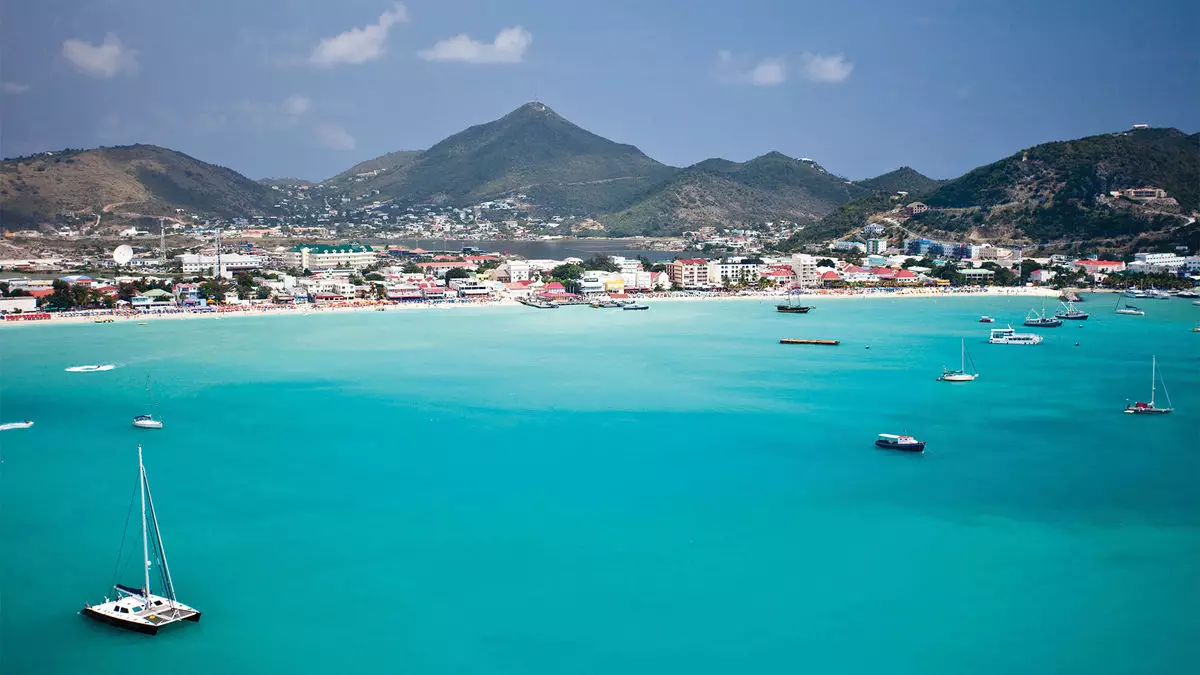In the vibrant landscape of the Caribbean, the aftermath of a crisis is often colored more by perception than reality. When disaster strikes, whether natural or otherwise, the narrative spun by misinformation can be more damaging than the event itself. Travelers may shy away from whole islands based on erroneous reports, overlooking the fact that, in many cases, only certain regions suffer from the impact. This challenge calls for a strategic approach to communication that goes beyond conventional methods, an approach that can ensure the Caribbean remains an attractive destination even in the wake of adversity.
This is not merely a concern for the tourism boards; it involves all stakeholders, from travel advisors to media personnel. Nicola Madden-Greig, former president of the Caribbean Hotel and Tourism Association, succinctly captures this sentiment, stating that “the slow rebound isn’t always due to actual conditions on the ground but rather to perception.” The key lies in shifting focus from recovery narratives solely based on physical conditions to a wider communication strategy that effectively educates the public about the true status of affected regions.
Modern Solutions for Age-Old Issues
Jamaica stands out as a prime example of how innovative technology can help reshape perception in real-time. By utilizing AI-powered chatbots on platforms like VisitJamaica.com, the island has made significant strides in delivering accurate information to both tourists and travel professionals. This breakthrough serves as a commendable model for other Caribbean nations, illustrating the critical need for rapid, transparent dialogue during emergencies. In a digital age where information travels at lightning speed, remaining ahead of the curve is imperative.
Steven Defontes, president and founder of Big Idea Advertising, emphasizes that recovery is reliant not only on the situation itself but also on the rapid dissemination of accurate information. “Travelers want to feel safe,” he asserts, highlighting the importance of transparent communication strategies that reassure potential visitors about their safety and the post-crisis realities.
Adapting Marketing Strategies in Crisis
When crises manifest, the tourism industry must have a contingency plan—not just to inform but also to pivot marketing messages effectively. Defontes discusses the method of redirecting focus, suggesting that if certain areas are temporarily closed, promotional efforts should instead spotlight support initiatives or alternative experiences available within unaffected regions. This focused adaptability is crucial for maintaining interest and engagement from travelers who generally seek authenticity and real-time insights rather than polished marketing images.
Furthermore, the presence of journalists and influencers on the ground can be invaluable. They offer an unfiltered glimpse into the current state of affairs, which resonates more with travelers than traditional advertising methods. “What can I expect if I travel there today?” becomes the pivotal question, and it’s through the lens of real experiences that potential visitors can feel assured about their safety and enjoyment.
The Pivotal Role of Travel Advisors
Travel advisors occupy a unique position in this communications ecosystem. Acting as bridges between distressed regions and eager travelers, they provide essential information that counters misleading media portrayals. Their expertise enables them to highlight safety measures and resilience strategies in place—critical factors for clients who may feel hesitant after a disaster.
Advisors can effectively promote sustainable tourism initiatives that not only emphasize recovery but also underscore the importance of long-term health for the region. Puerto Rico serves as an impressive case study; despite facing severe challenges after hurricanes in 2017, the island successfully rebounded, setting a visitor record by 2021, largely due to campaigns that effectively communicated resilience and ongoing recovery efforts.
This narrative is one of hope and strength, demonstrating that it is indeed possible to rebuild and rejuvenate a tourism landscape when all parties work cohesively towards the common goal of fostering trust and positivity.
In this day and age, where information is key, tackling the problem of misperception head-on with innovative communication techniques is not just necessary; it is a moral obligation to protect the lifeblood of these beautiful islands and the communities that thrive within them.


Leave a Reply